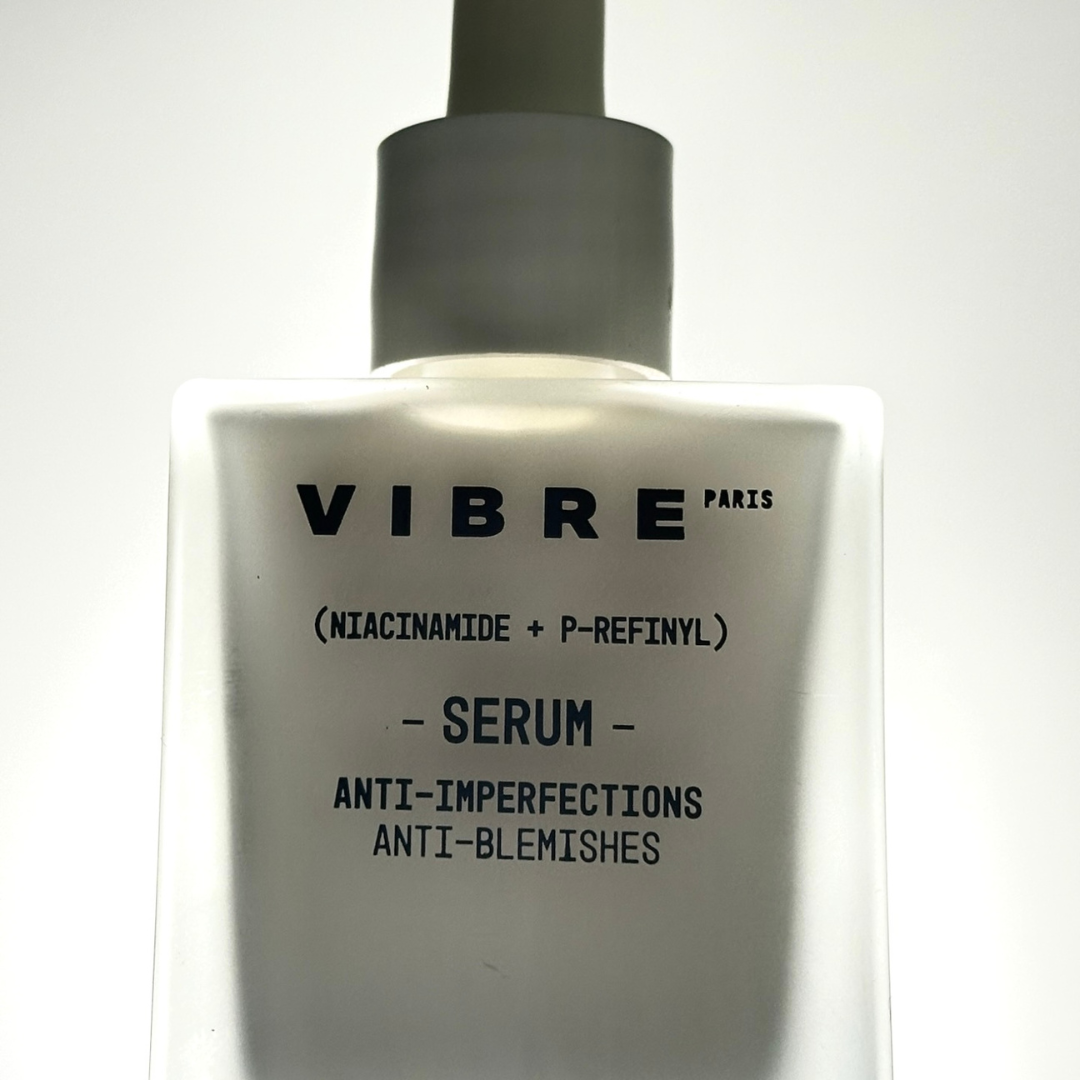
What's the difference between a moisturizing serum and a moisturizing cream?
Share
In the complex world of skincare, consumers are often confronted with a dizzying array of products, each claiming to offer unique benefits. Two of the most commonly used and often confused products are moisturizing serums and moisturizing creams.
We explain their differences and advantages.
Skin types and specific needs
Before discussing the distinctions between moisturizing serums and moisturizing creams, it's crucial to understand different skin types and their specific needs.
We all have the same skin structure. However, our needs differ. Skin can be classified into several main categories, including dry skin, oily skin, combination skin and normal skin. Each of these skin types has unique characteristics and requires adapted care, or care that adapts to its characteristics.

Dry skin tends to lack natural lipids, resulting in tightness and flaking. Moisturizing creams rich in moisturizing agents and lipids are ideal for restoring hydration and strengthening the skin barrier.
On the other hand, oily skin generally produces excess sebum, which can lead to clogged pores and the appearance of imperfections. Lightweight, non-comedogenic moisturizing serums are preferable, as they hydrate without clogging pores.
Combination skin has both dry and oily areas. A moisturizing serum can be used on dry areas, while a light moisturizing cream can be applied to oily areas.
Finally, normal skin is balanced in terms of sebum production and hydration. People with normal skin can choose between a moisturizing serum and a moisturizing cream according to their personal preferences and the seasonal needs of their skin.

Moisturizing serums: what are they and when should you use them?
Moisturizing serums are lightweight formulations containing a high concentration of active ingredients. Unlike moisturizing creams, serums are generally formulated with smaller molecules that can penetrate deeper into the skin. This enables them to deliver targeted benefits such as deep hydration, complexion brightening, or the reduction of fine lines and wrinkles.
A major advantage of moisturizing serums is their light texture and ability to penetrate the skin quickly without leaving an oily residue. This makes them an ideal choice for those with oily or combination skin, as well as for use under make-up.
Moisturizing serums can be used morning and night, depending on your skin's needs. For daily use, we recommend applying a few drops of serum to the palm of your hand and patting onto clean, dry skin before applying your moisturizer or day cream.
For intense hydration, look for serums containing active ingredients such ashyaluronic acid and antioxidants to protect skin from environmental damage.
Moisturizing creams: What are they and when should you use them?
Moisturizing creams are thicker, water- and oil-based products designed to seal in moisture and reinforce the skin barrier. They are often formulated with emollient ingredients such as vegetable oils, shea butter or glycerin, which help nourish and soften the skin.
Moisturizing creams are particularly beneficial for dry or dehydrated skin, as they provide long-lasting hydration and help prevent transepidermal water loss. They can be used as day or night creams, depending on their formulation and your skin's needs.
For daily use, apply a small amount of moisturizer to clean, dry skin, massaging gently until fully absorbed. Look for moisturizers suited to your skin type and containing active ingredients such as peptides to stimulate collagen production, vitamins to nourish the skin, or sunscreens to protect against harmful UV rays.

How to choose between a moisturizing serum and a moisturizing cream?
Choosing between a moisturizing serum and a moisturizing cream depends on a number of factors, including your skin type, personal preferences and the specific needs of your skin. Here are a few tips to help you make the best decision:
-
Know your skin type: Identify whether your skin is dry, oily, combination or normal to choose the product best suited to your needs.
-
Consider texture and feel on the skin: If you prefer a light texture and fast absorption, opt for a moisturizing serum. If you need richer hydration and a comfortable feel on the skin, a moisturizing cream will be more appropriate.
-
Assess your skin concerns: If you have specific concerns such as wrinkles, pigmentation spots or acne, choose a product containing active ingredients adapted to these problems.
-
Incorporate both into your routine: For optimal hydration and targeted benefits, you can also use both a moisturizing serum and a moisturizing cream in your skincare routine. Apply the moisturizing serum first for deep absorption, followed by the moisturizing cream to seal in moisture and protect the skin.
In summary, moisturizing serums and moisturizing creams are essential products in a skincare routine, each offering unique benefits to meet your skin's specific needs. By understanding the differences between these two products and choosing wisely based on your skin type and skin concerns, you can achieve healthy, hydrated skin that glows with beauty.
